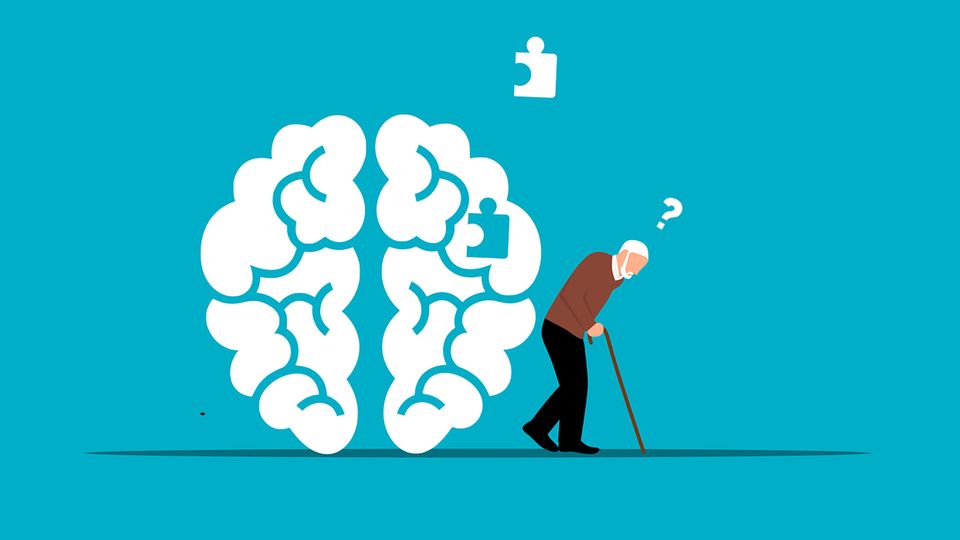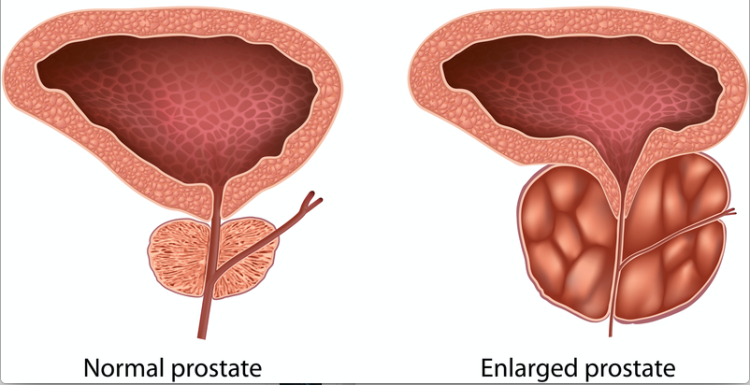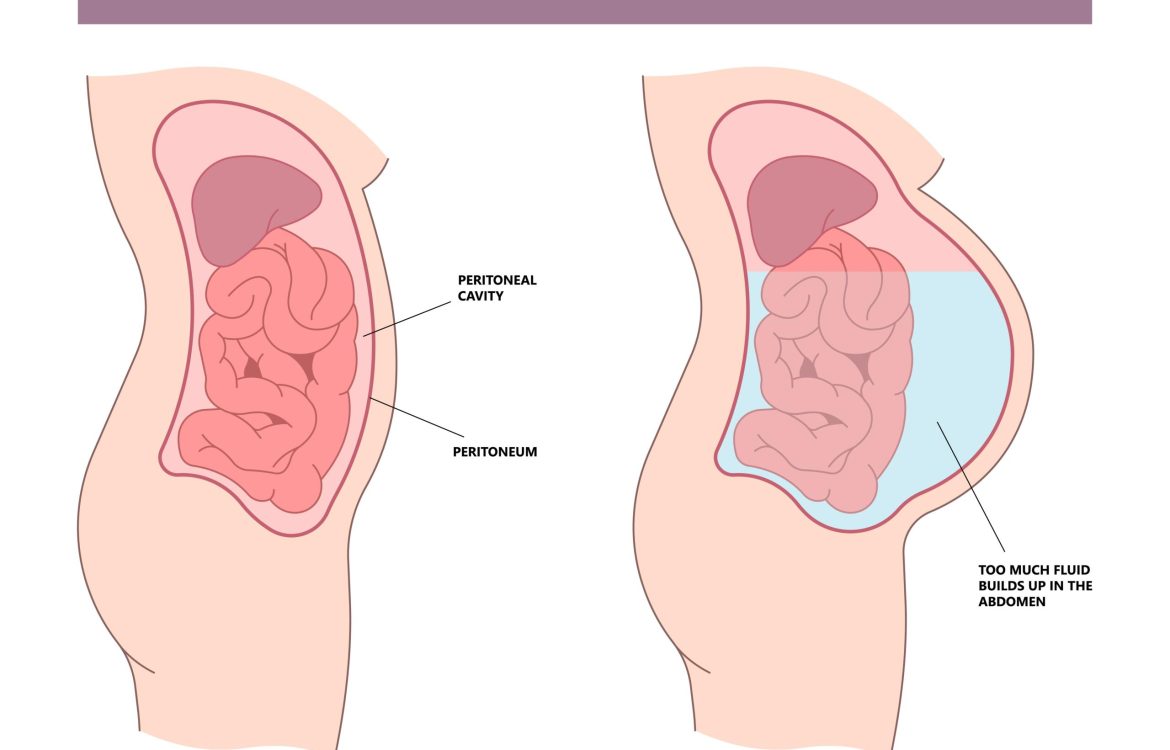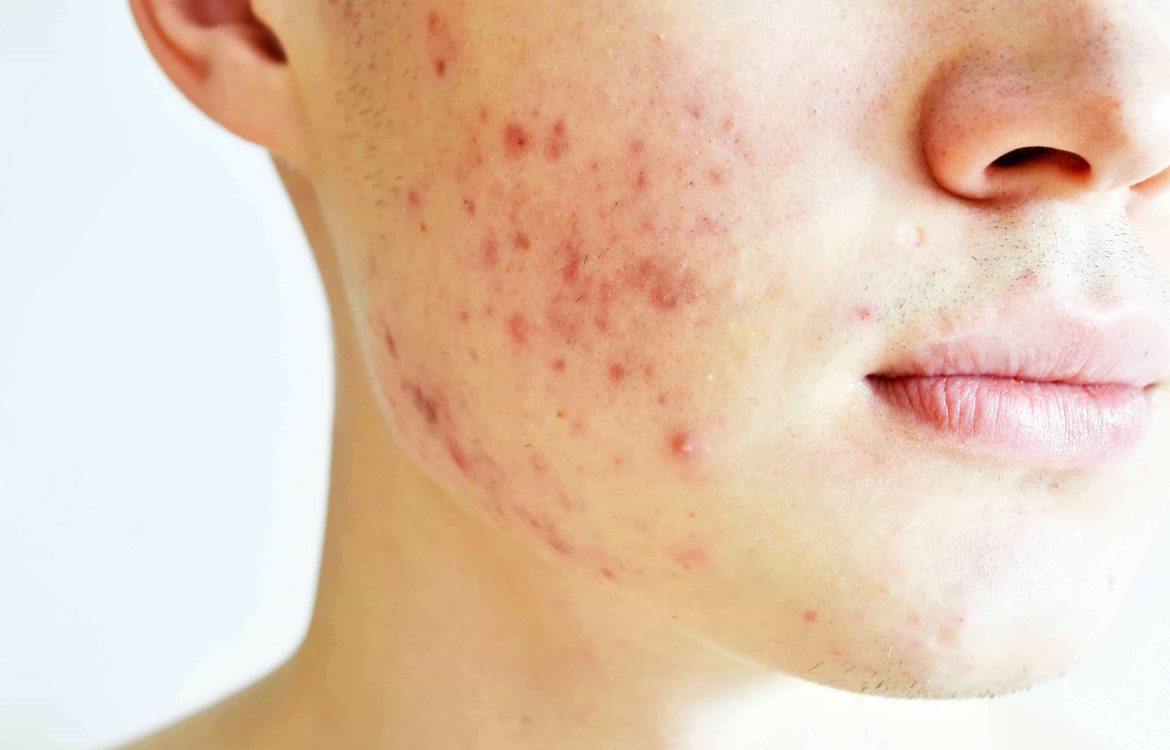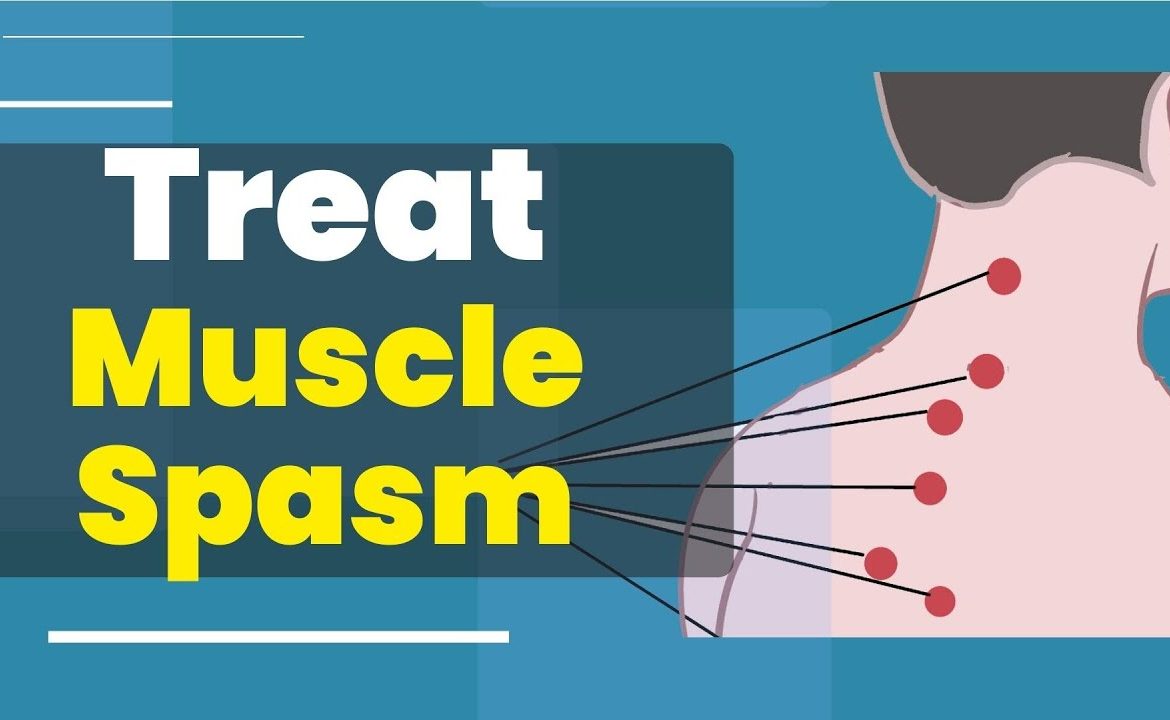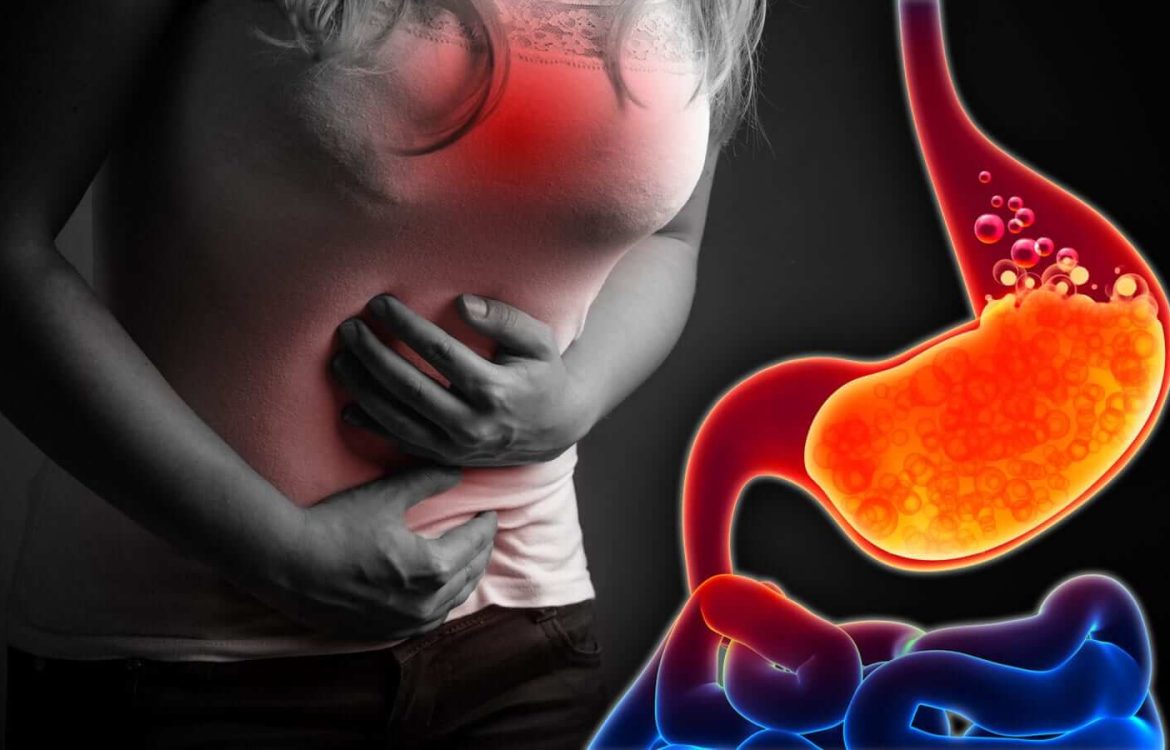Table of Contents
What is Parkinson’s Disease?
Parkinson’s Disease (PD) is a progressive neurological disorder that affects movement. It is caused by the degeneration of dopamine-producing neurons in the brain, particularly in the substantia nigra region. Dopamine is a neurotransmitter responsible for smooth and coordinated muscle movements. As its levels decrease, patients experience motor and non-motor symptoms.
Symptoms of Parkinson’s Disease
Motor Symptoms:
Tremors (shaking of hands, legs, jaw, or face)
Muscle rigidity (stiffness in limbs and trunk)
Bradykinesia (slowness of movement)
Postural instability (balance and coordination problems)
Non-Motor Symptoms:
Cognitive decline and memory problems
Sleep disturbances
Depression and anxiety
Digestive issues like constipation
Loss of sense of smell
Causes and Risk Factors
Aging and oxidative stress
Genetic predisposition
Exposure to toxins and pesticides
Chronic stress and unhealthy lifestyle
Ayurvedic Perspective on Parkinson’s Disease
In Ayurveda, Parkinson’s Disease is correlated with “Kampavata”, a disorder caused by an imbalance of Vata dosha (which governs movement and nervous functions). Excessive Vata can lead to degeneration of brain tissues, resulting in tremors and muscle stiffness. Ayurveda aims to balance Vata, strengthen the nervous system, and improve overall health.
Ayurvedic Remedies for Parkinson’s Disease
1. Ayurvedic Herbs for Parkinson’s Disease
Mucuna Pruriens (Kaunch Beej): A natural source of L-Dopa, the precursor to dopamine, which helps improve motor function.
Brahmi (Bacopa Monnieri): Enhances brain function, memory, and nerve regeneration.
Ashwagandha (Withania Somnifera): Reduces stress, strengthens nerves, and improves muscle coordination.
Shankhpushpi (Convolvulus Pluricaulis): Supports cognitive function and helps in reducing tremors.
Guduchi (Tinospora Cordifolia): Acts as a neuroprotective agent and enhances immunity.
Turmeric (Curcuma Longa): Contains curcumin, which reduces inflammation and oxidative stress in the brain.
2. Ayurvedic Formulations for Parkinson’s Disease
Vata-Pacifying Oils: Abhyanga (body massage) with Mahanarayan Oil, Bala Taila, or Dashmool Oil helps reduce muscle stiffness and tremors.
Medhya Rasayana (Brain Tonics): Ayurvedic formulations like Saraswatarishta and Brahmi Ghrita improve cognitive function.
Ashwagandha Churna: Taken with milk, it strengthens the nervous system and reduces stress.
Rasayana Therapy: Includes rejuvenating herbs like Shilajit and Chyawanprash to slow down neurodegeneration.
3. Lifestyle and Dietary Recommendations
Dietary Changes:
Include warm, nourishing, and easily digestible foods.
Consume healthy fats like ghee, nuts, and seeds to support brain function.
Avoid processed foods, excess caffeine, and dry foods that aggravate Vata.
Stay hydrated and eat fiber-rich foods to prevent constipation.
Yoga and Meditation:
Yoga Asanas: Vajrasana, Tadasana, and Sukhasana help improve mobility and balance.
Pranayama (Breathing Exercises): Anulom-Vilom and Bhramari Pranayama calm the nervous system.
Meditation: Reduces stress and improves mental clarity.
Daily Routine (Dinacharya):
Regular head and body massage with warm herbal oils.
Sun exposure for vitamin D, which supports nerve function.
Avoid excessive stress and follow a disciplined lifestyle.
Conclusion
Ayurvedic treatment for Parkinson’s Disease focuses on balancing Vata dosha, improving brain function, and slowing disease progression through herbs, dietary changes, yoga, and lifestyle modifications. While Ayurveda cannot completely cure Parkinson’s, it can significantly enhance the quality of life and manage symptoms naturally. Integrating Ayurvedic therapies with conventional medical care can help achieve better results.


